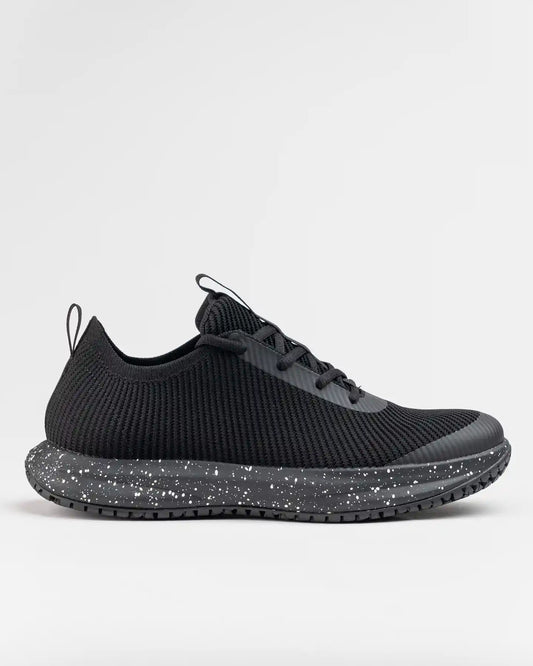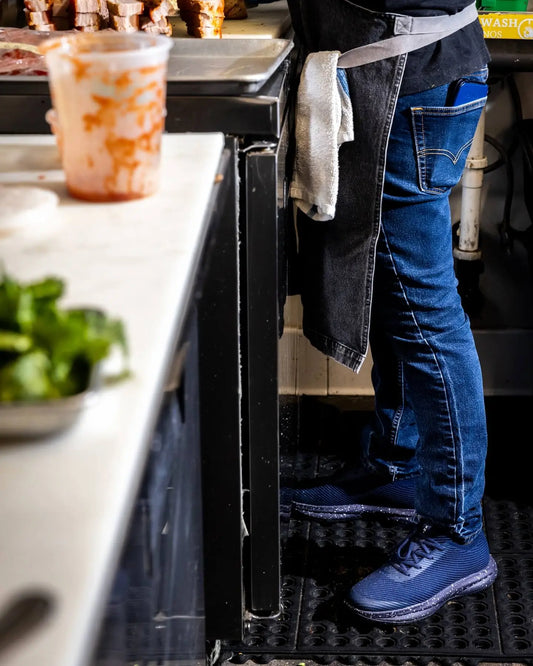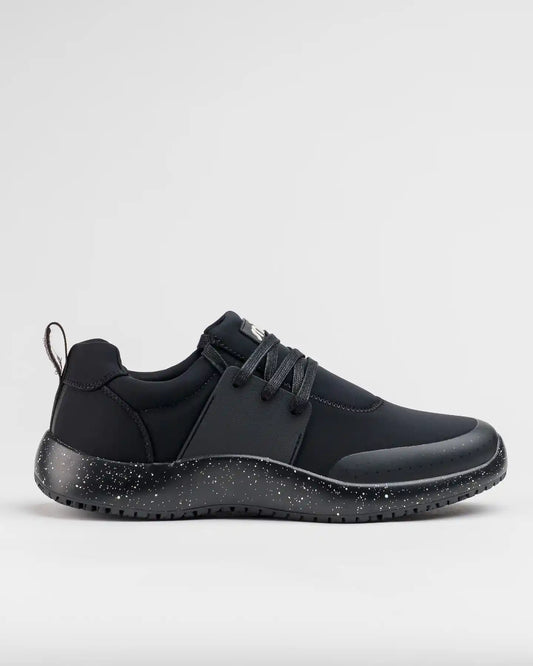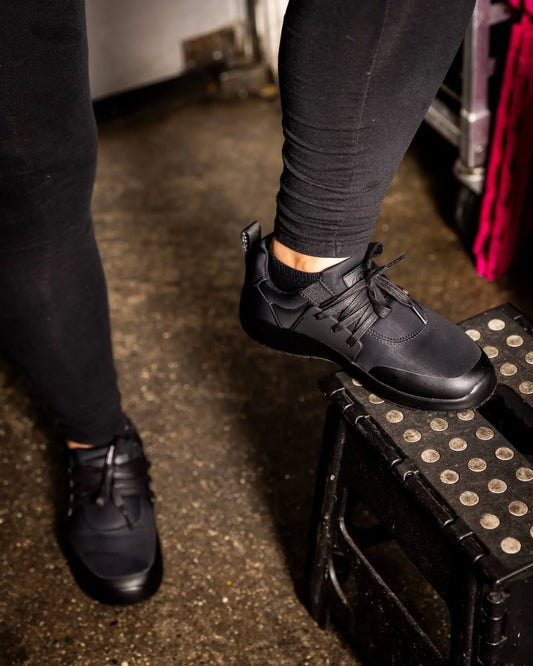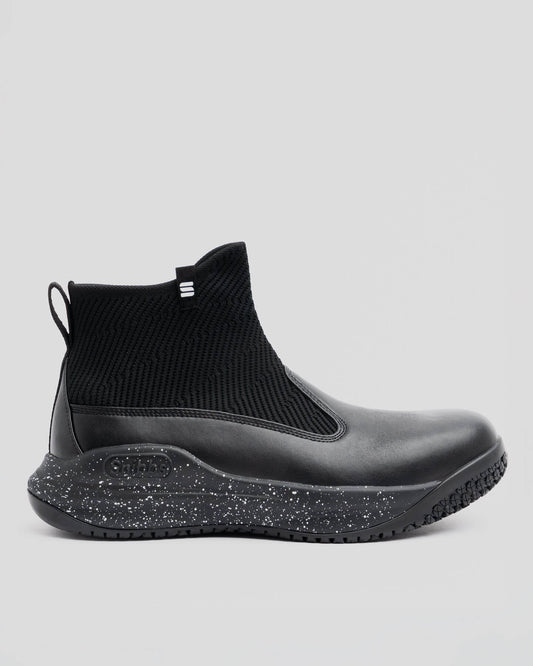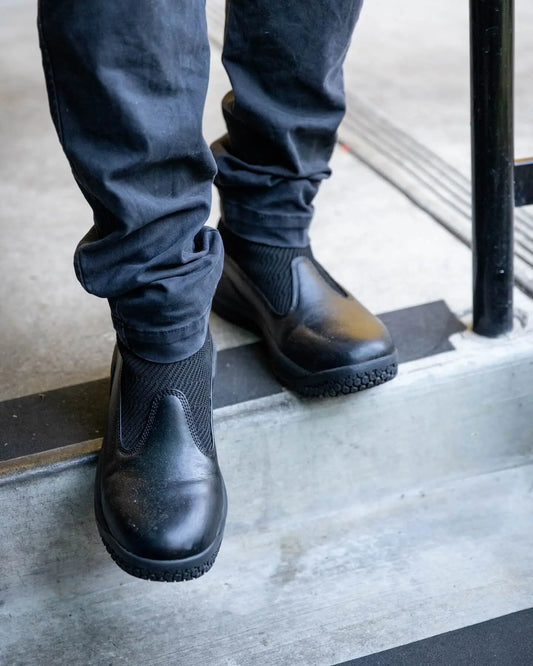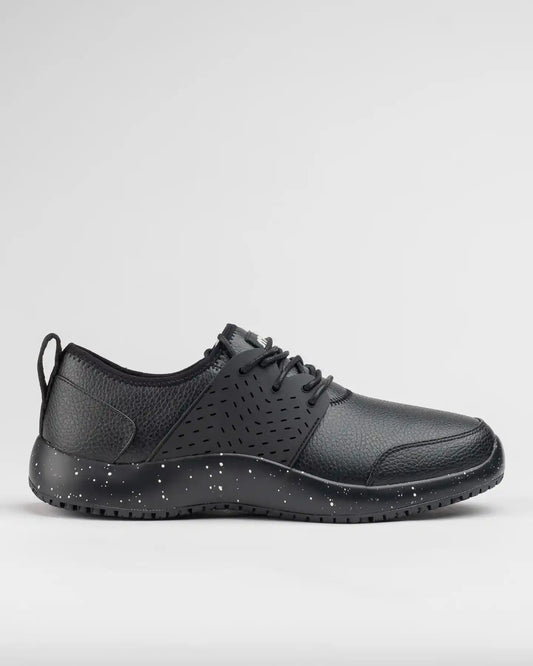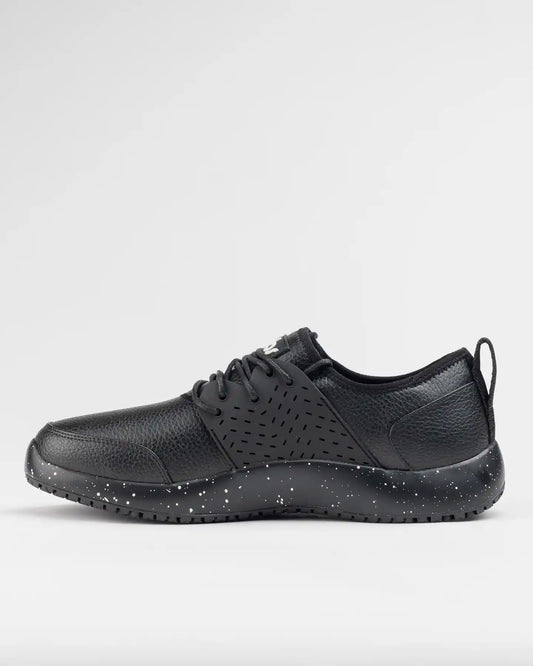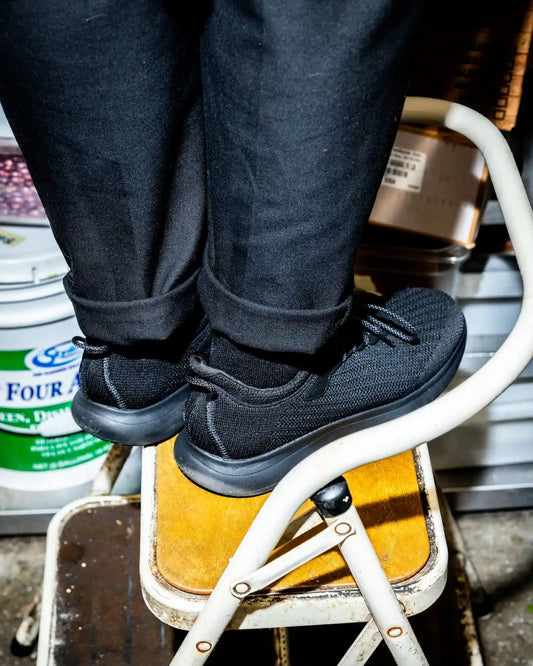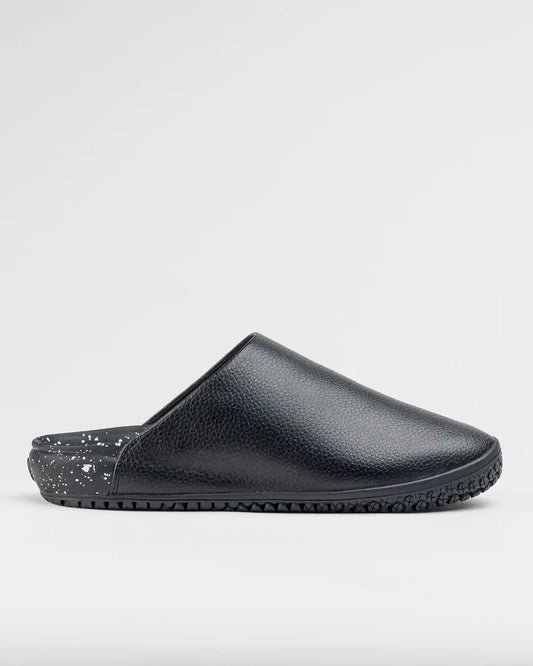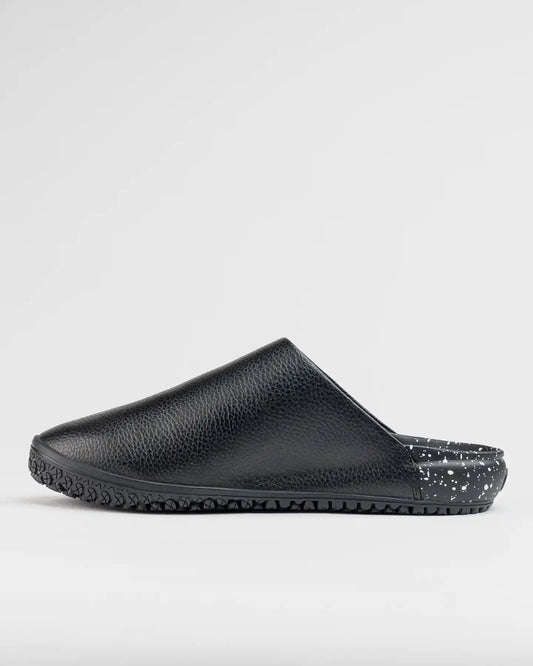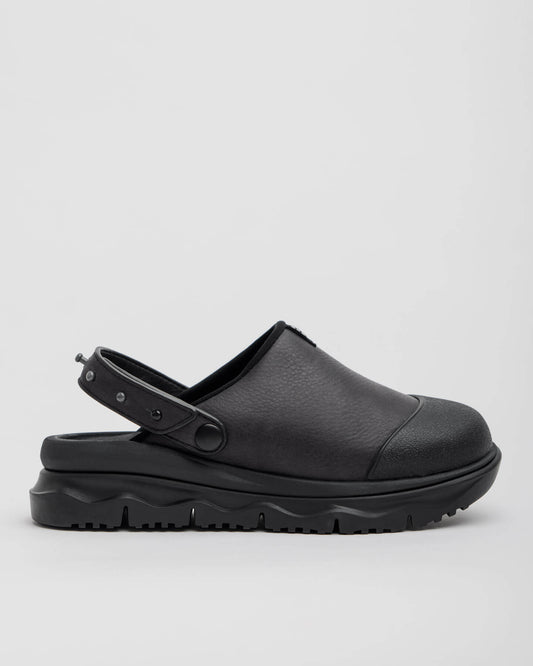OSHA Rules for Restaurant Servers
Snibbs Footwear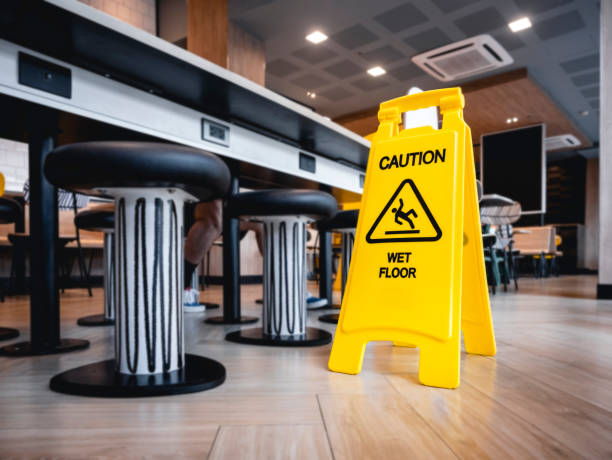
As per data by the U.S Department of Labor and the Occupational Safety and Health Administration, over 30 percent of the workforce employed in restaurants are 20 years or younger. Specific guidelines have, therefore, been issued to ensure that this young workforce working in restaurant/food service is protected from work-related injuries and fatalities. To help restaurant owners in their efforts to keep workers safe, OSHA also mandates restaurant workers to be at least 18 years to operate certain equipment and to be least 16 years old to work extended hours.
Hazards Faced by Restaurant Servers
There are a number of hazards that restaurant servers, in particular, are subject to. Some of these include:
- Walking on Slippery Floors
- Use of sharp knives
- Heavy lifting
- Touching hot objects
- Workplace Violence
The most common injuries that impact restaurant workers are sprains and strains followed by cuts, bruises and burns. The good news is that these injuries are preventable. With some caution, you can save lives as well as avoid loss of productivity.
Preventive Measures
In order to protect restaurant servers against these hazards, a number of preventive measures have been suggested. Some of these include:
- Wearing non-slip shoes. These can go a long way in preventing slips and falls especially since they have to deal with spillages related to water, oil and more. Platform or high heels or open-toe shoes aren’t recommended for waitresses. With open-toe shoes, the dangers of injuries that can occur on account of dropped plates and glasses, spillage of hot drinks, is that much more.
- Providing absorbent rags so that spillages can be cleaned up quickly.
- Offering aids so that servers do not have to resort to heavy lifting. These include providing service equipment on wheels. It is also suggested that sturdy trays with handles be provided.
- Servers are also to be advised to ask for help whenever they are moving tables and chairs as also serving large orders.
Under the Right to Act to improve workplace safety, workers also have a right to report a problem related to workplace safety, to OSHA.
Training
It is also recommended that restaurant servers are adequately trained not just when they are on-boarded but also on an ongoing basis so that workplace injuries can be avoided. The training needs to be a mix of:
- Theoretical Training
- Hands-on, practical training
In fact, OSHA, Department of Labor and State Labor Departments provide with the necessary training material that complies with the federal and state workplace safety regulations. The training also needs to include first aid training as also instructions on handling fire and other emergencies. Fire extinguishers and emergency exits need to be clearly marked in the restaurant for everybody’s benefit.
To sum up, restaurants/foodservice is a great window to the world when it comes to young workers, as it offers them an entry into the job market. However, owners need to be prudent to have adequate safety measures in place so that workplace safety isn’t compromised at any time.
